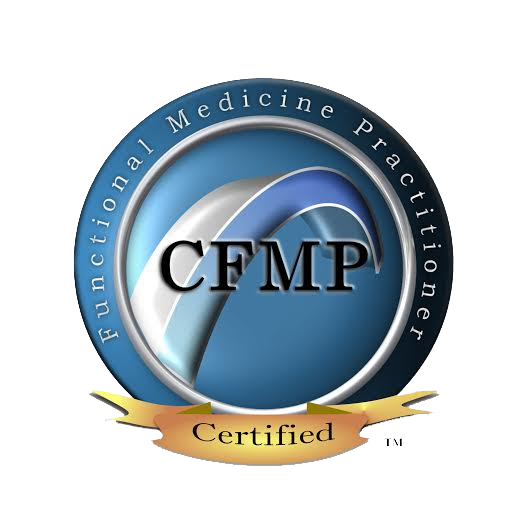PMS is a term that is used to describe a collection of signs and symptoms that occur sometime between ovulation and menses.
Physical signs of PMS include:
- Joint or muscle pain
- Headache
- Fatigue
- Weight gain related to fluid retention
- Intestinal distress, like Bloating, Constipation or Diarrhea
- Breast tenderness
- Acne
Other symptoms of PMS can be:
- Anxiety
- Depression
- Mood swings and irritability or anger
- Appetite changes and food cravings
- Insomnia
- Poor concentration
In part one I covered how PMS can be caused by problems related to the liver, gallbladder, intestines and poor detoxification. It’s important for you to understand that from a functional medicine approach we’re looking for where the body is broken that can then cause PMS.
PMS AND THE ADRENAL GLANDS
Like a dysfunctional liver or gallbladder, poorly functioning adrenal glands can cause all sorts of problems, not just PMS. The first one I’m going to explain can be part of the problem with thyroid, adrenal, and all sex hormones, both male and female.
What you’re looking at is a very simplified flowchart of how the hypothalamus is affected by stress. Very simply, the point here is that under prolonged stress the hypothalamus get conflicting inputs. The nervous system which senses the stress tells the hypothalamus to make stress hormones like cortisol, but the rising cortisol tells the hypothalamus to stop production of cortisol. The end result is a confused and dysfunctional hypothalamus. Your hypothalamus is located in the middle of the brain and is what connects your nervous system to your hormone system. The hypothalamus is in charge of “telling” the body to make hormones. Stress, whether emotional or physical, signals the hypothalamus to tell the body to make all the hormones that enable the person to respond to the stress. The adrenal glands are a major player in the body’s response to stress. Cortisol is one of the hormones that the adrenal glands makes in response to stress. Like everything in the body, balance is key. Get too much or too little cortisol, and things don’t work right in the body. The hypothalamus is responsible for regulating the amount of cortisol. When cortisol levels rise too high the hypothalamus stops telling the adrenal gland to make cortisol. When a person is under a lot of stress (know anyone like that?) what happens to the hypothalamus? Right, it tells the body to make things like cortisol. What happens to the hypothalamus if the cortisol levels become too high? Right, it tells the body to stop making cortisol. Okay, last question, what happens if a person is under stress most of the time and has high cortisol levels? Kind of confusing isn’t it? That is exactly what happens to hypothalamus function–it gets confused. This confusion is one of the problems in PMS.More details on Stress, the Hypothalamus, and PMS
WHAT DOES A CONFUSED HYPOTHALAMUS HAVE TO DO WITH PMS?
Your hypothalamus is the master commander of female hormones. If the hypothalamus is not working right, ALL the hormones it controls will not be controlled properly. When it comes to female hormones, timing is everything. If estrogen and progesterone levels are not right, or if ovulation is not occurring at the right time, then PMS and many female hormone problems will happen.
So too much cortisol can interfere with hypothalamic function, which will interfere with proper female hormone balance, which will cause PMS. Got it? Awesome!
But wait, there’s more!
Overactive adrenal glands can deplete the body of other hormones like pregnenolone, which is responsible for the production of male and female hormones. The body takes cholesterol and turns it into hormones. As long as there is enough cholesterol, (and I do find low cholesterol leading to low hormones) this pathway works great and there is no imbalance of hormones. However if the adrenals are cranked up, they will use up what is needed to make the other hormones, easily leading to PMS.
So here’s the deal–in order to fix PMS, adrenal gland dysfunction must be corrected.
I wrote all about how adrenal gland dysfunction is diagnosed HERE.
As you can see there is a HUGE difference between the standard medical approach and the functional medical approach to PMS. Traditional medicine might use hormone replacement, painkillers or antidepressants to help PMS. What do those do to fix the cause of PMS?
Major considerations in addressing PMS from a functional medicine approach include determining whether the liver and gallbladder (which I address in PMS Part 1) and adrenal glands are functioning normally. If there are problems with any of these, the female hormones will be unbalanced and conditions like PMS, heavy bleeding, emotional issues, PCOS, uterine fibroids, endometriosis, infertility and hypothyroidism are likely to happen. If you are experiencing symptoms of PMS or other female issues, I would love to help you find out why, and get those root issues fixed!






